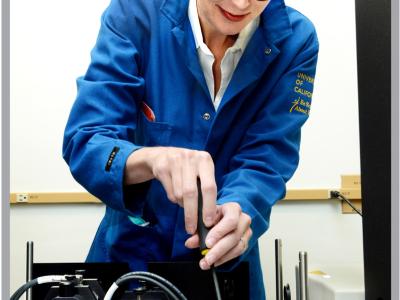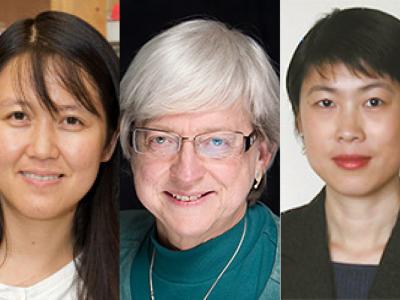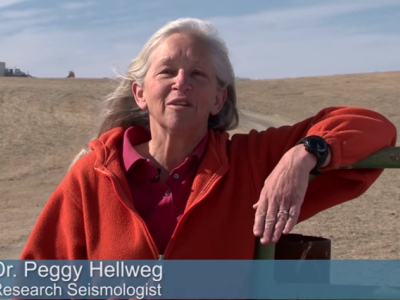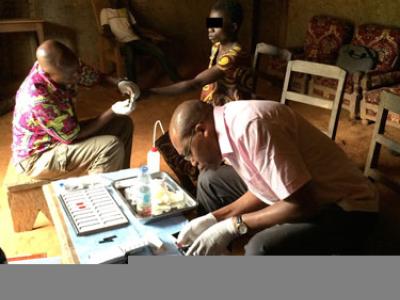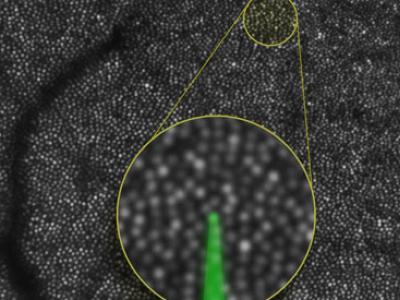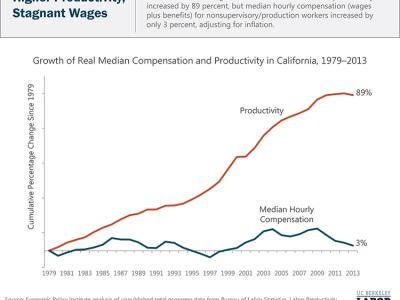Psychotic Hallucinations, Delusions Rarely Precede Violence
Mass shootings at the hands of unhinged loners perpetuate a commonly held belief that mental illness triggers violent crimes. But a new study from UC Berkeley shows that hallucinations and delusions associated with psychiatric disorders seldom foreshadow acts of aggression.


